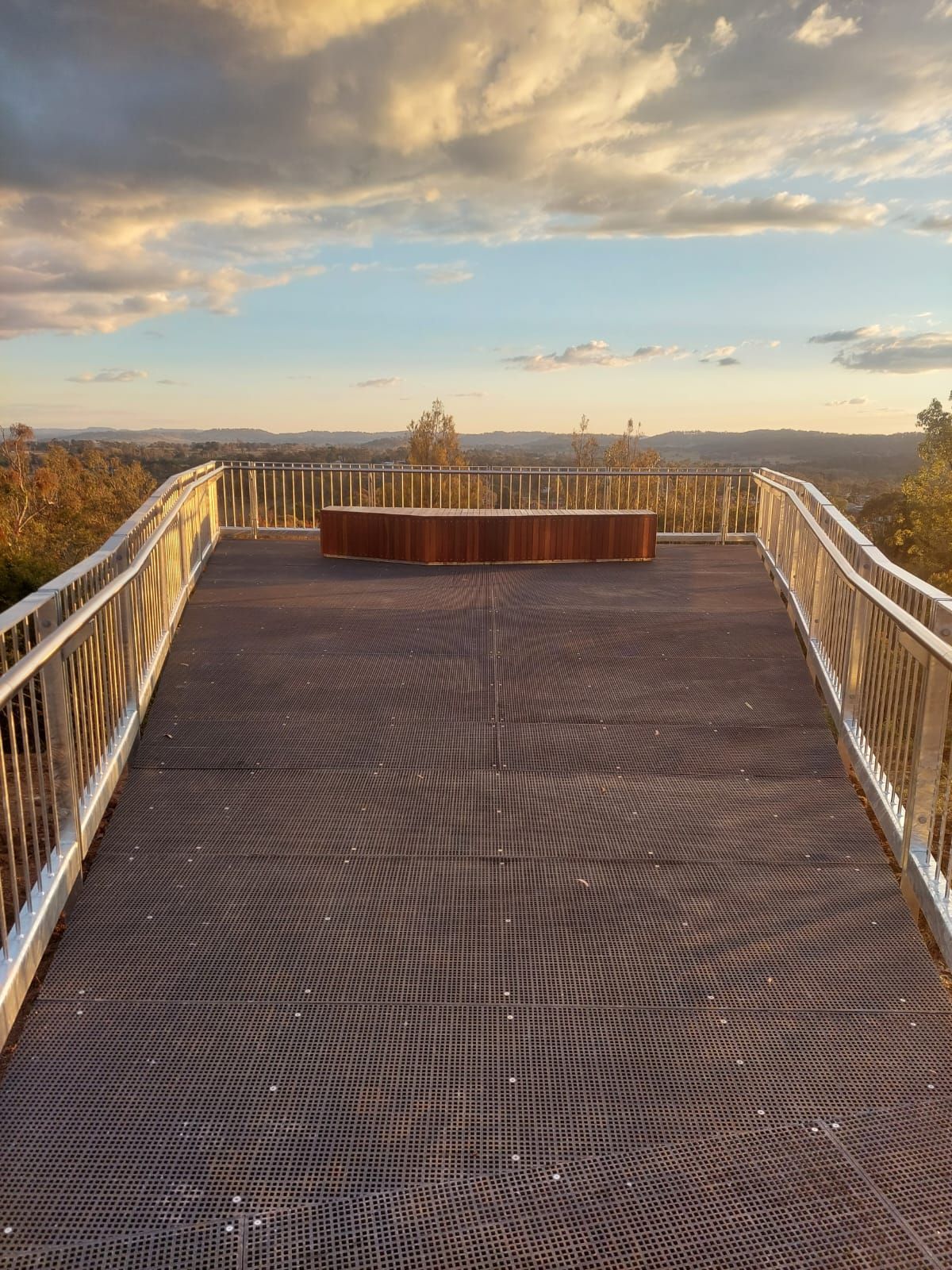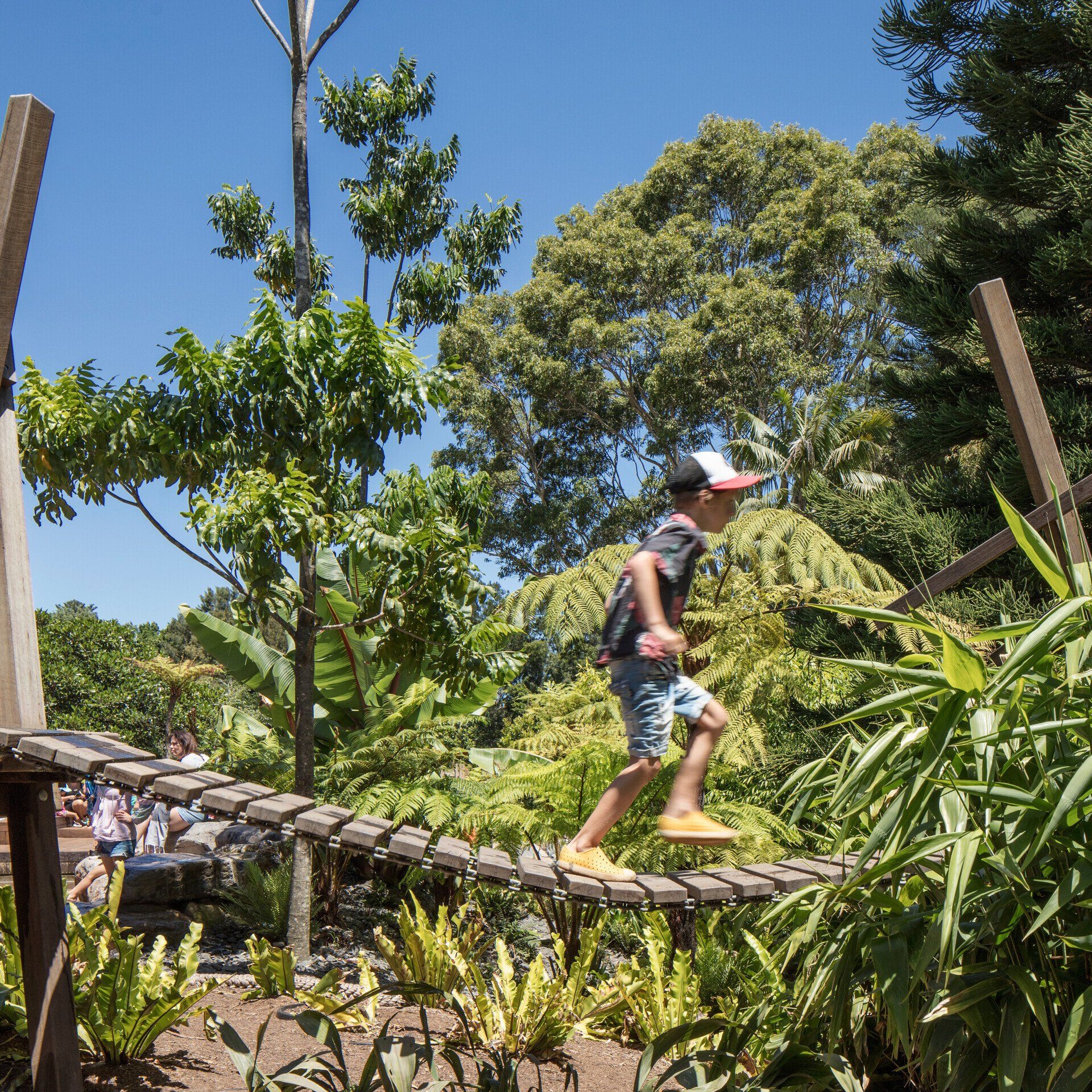Creating outdoor structures Australians love.
As we touched on in our previous journal article, the social, physical and mental benefits of spending more time outdoors are overwhelming. But in 2023 encouraging Australians to actually do it isn’t always that simple.
Each year, countless outdoor structures are built across the country – and then sit underutilised. One of the most common reasons why is that they simply fail to capture the imagination of local communities. Offering little in the way of extra value, creativity or amenity, they’re unable to break the considerable inertia that keeps people in their usual routines.
So, what are some of the keys to creating ‘irresistible’ outdoor structures your community will love and use for years to come? To find out, we asked Fleetwood Pre-Construction Manager,
Joel Watson (himself a qualified landscape architect). Below are some of his thoughts. Do you agree?
#1. Variety.
“I always ask, what would I like myself?” says Joel. “Why do I go back to certain places and not others? Right now, I probably spend more time thinking more about playgrounds because I have younger kids. Why do we go there? The first thing is probably variety. By that I mean structures and spaces that keep us coming back for different experiences.
"A lot of outdoor spaces and structures can be quite generic and one dimensional. So, you spend ten minutes there and you’re done. Places that are a little more non-prescribed in what they offer give you almost endless reasons to keep coming back. They’re more exciting and interesting. You never know what experiences you’ll have next.
"For us it’s always more about the opportunity for the kids to get outside and figure things out for themselves. Multi-dimensional spaces provide different moments every time.”
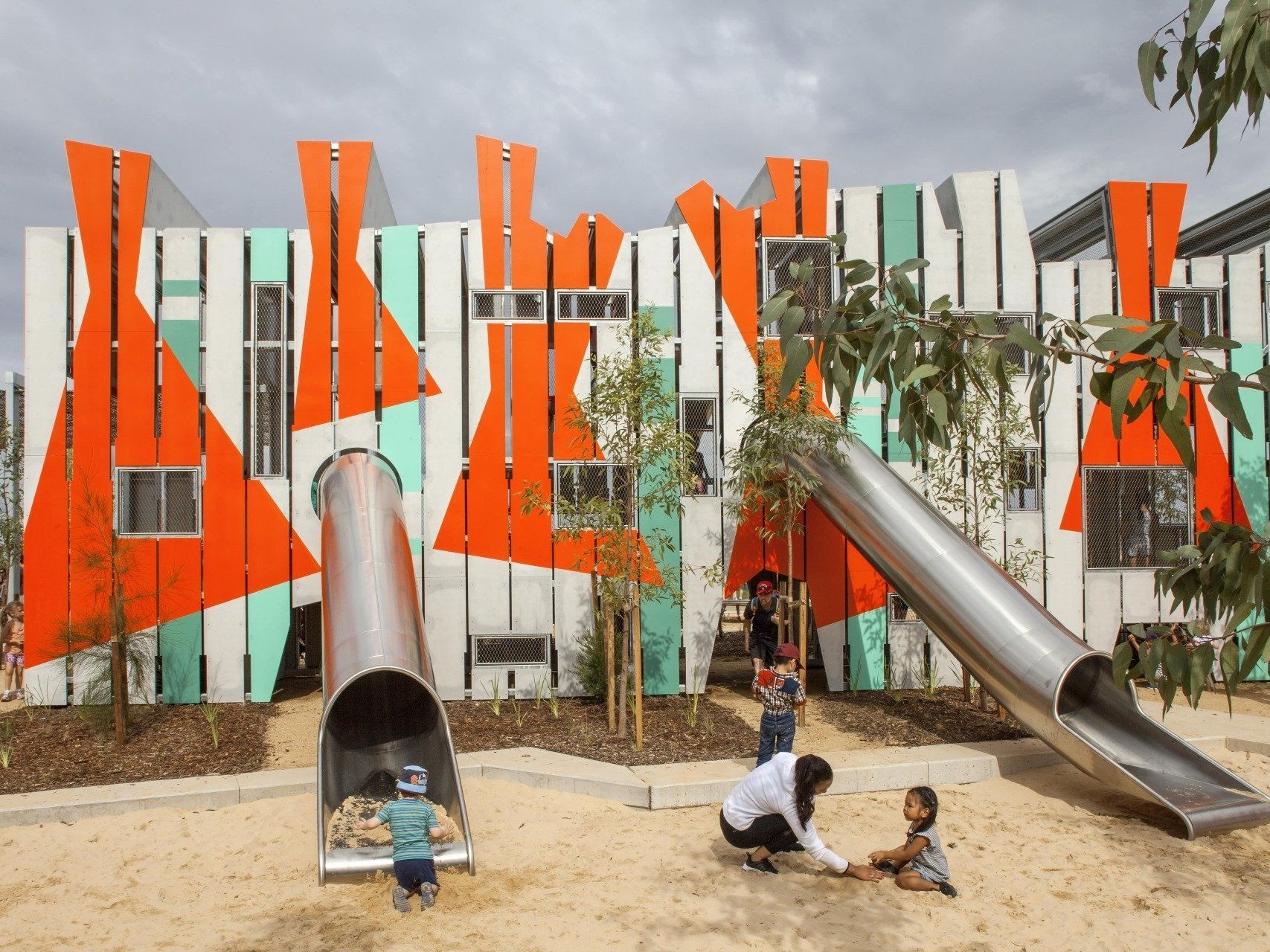
#2. Context.
“Whether it’s an adventure playground or a footbridge or even just an amenities block, the wider context of an outdoor structure is also super important,” Joel continues.
“I look at the wonderful play structures we delivered at Oatley Bush Park and Pipemaker’s Park where the boundary between the play spaces and the adjacent landscape is somewhat blurred. The scale is well-balanced, there’s really good storytelling and they just have a more natural connection to everything around them.
"Obviously, when you’re working in a greenfield setting, where you are restricted by roads and fences and houses all around, you don’t have that ‘blank page’ opportunity. It’s more difficult, but it’s certainly not impossible and I think we do a pretty good job of it at Fleetwood. There are always things you can do.
“The idea of context also links back to my first point about variety. When a structure is connected with its surroundings, it opens up so many more experiences and opportunities. For example, often my kids will go off and find something in the bushes and then bring it back and use it in the actual play structure, like rocks and sticks. They’ll make a pretend fire underneath it or maybe a fishing rod and go and sit off the edge of the little bridge and have a fish. They start to combine the two. They’re using their imagination. Whereas sometimes, particularly with more generic products, it can be hard to do that. You could be anywhere.”
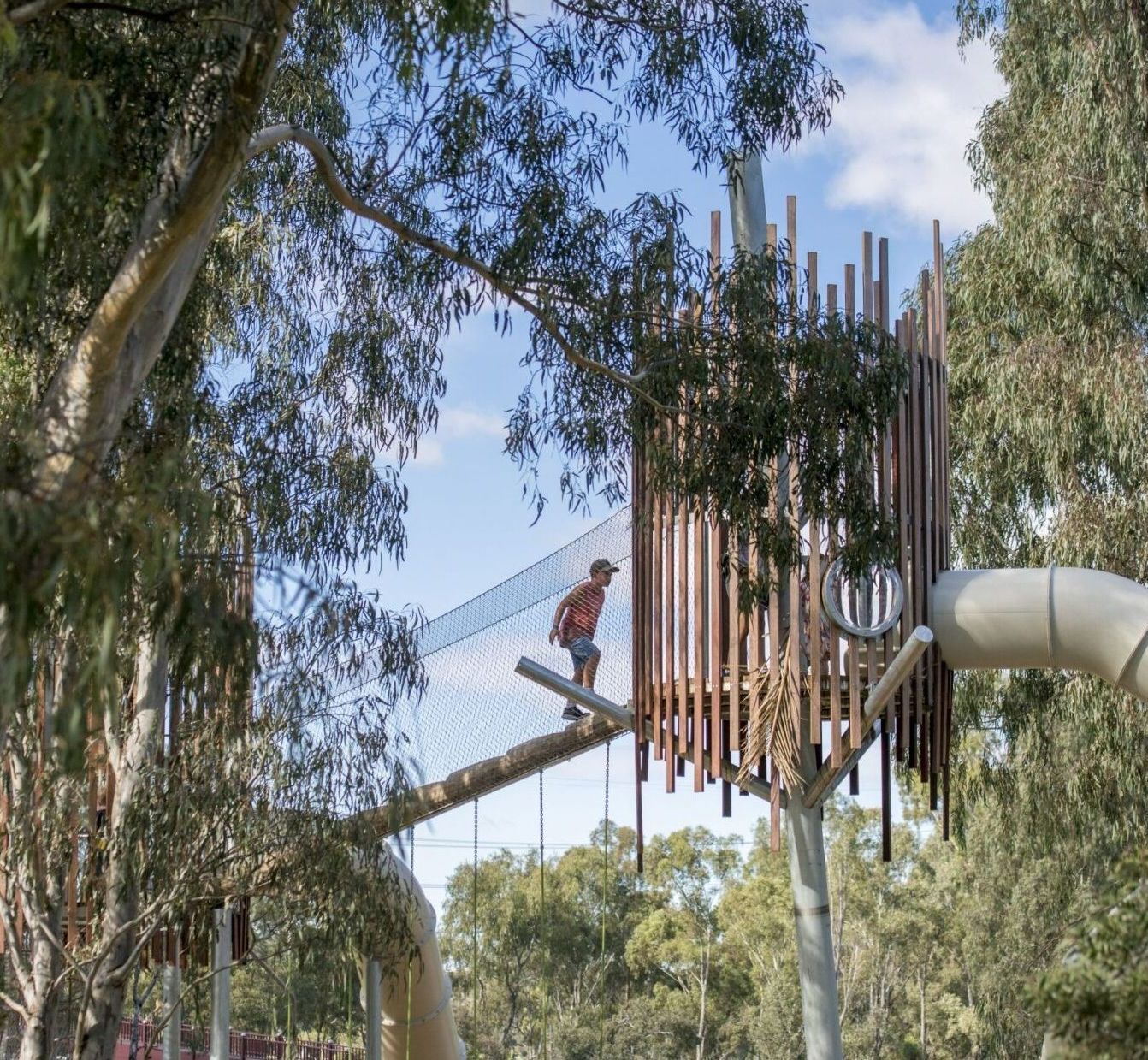
#3. Materiality.
“I think a lot of designers and project owners still overlook the value that materiality can bring to a project. Yet it can be a huge point of difference.
There are so many generic outdoor structures filled with materials that really don’t bring any kind of sensory value – just plastics or other hard characterless surfaces. The clever use of timber, stone and rope, things like that, can be wonderful.
Again, that’s where our structures really tend to separate themselves, just that attention to detail in the materials. People really enjoy structures that have some type of tactile, sensory experience.
Of course, it’s also about using materials that are fit-for-purpose, both for the site and also the people who’ll be using the structure. We have park near where I live, it’s in the most prime position just 50 metres from the beach. But the designers didn’t adequately consider the conditions, they’ve used the wrong materials and it’s already rusted out after just 12 months. As a result, people are reluctant to use it.”

#4. Cost-smart design.
“You might think if you throw enough budget at an outdoor structure, everyone will want to use it,” says Joel. “But that’s not always true!"
"Obviously having more money can give you greater scale and maybe open up different options, but smart design is what really lets you maximise your available space and budget. That’s something we really focus on at Fleetwood, maximising community value and play value within the context of your brief and site.
"When it comes to play, for example, part of that means designing in ways that can provide different opportunities for kids of all ages to enjoy in the same structure. Sometimes standard off-the-shelf products can be a little bit too focused on a particular age group.
When we look at a design, we’ll be like ‘yeah, this section is good for a three-year-old. But what if we put a pinch point here, so maybe only a four or five-year-old can get up to the next part, or maybe a more adventurous three-year-old? In that way, the different sections of the structure are designed to be almost self-graded, whereas with the proprietary systems there’s often no middle ground.”
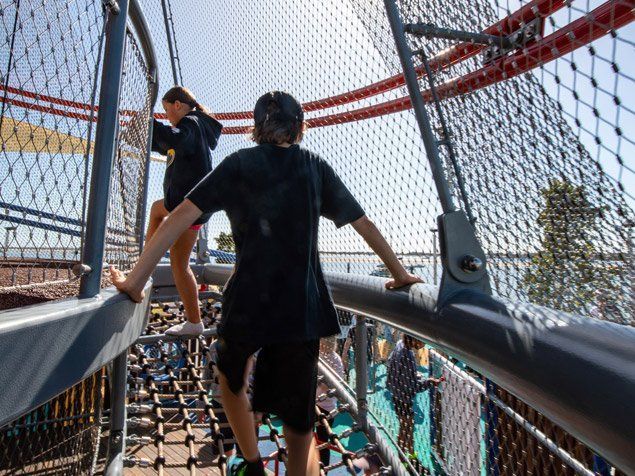
#5. Access.
“This one might seem pretty obvious. But it amazes me how many community structures are actually quite hard to access. What’s the point of building something if a significant section of people can’t easily or safely use it?
"Again, the park I mentioned earlier that’s near the ocean is an example of that. It has this generic plastic play structure, but my four-year-old can barely get up to it. The access points haven’t been well thought through. There’s just a vertical wall with really high steps. Then the only ways down are a 2.5-metre fire pole and a big slide, both are too much for a little kid.
"We were actually there last weekend and just walked straight past. My kids weren’t even interested because they know it’s all too hard.
"Looking at it as a landscape architect, it’s such a missed opportunity, not to mention a waste of money.”

#6. Value.
“Ultimately, it all comes down to adding value,” Joel adds. “Context, access, variety, creativity, materiality, location. Get these things right and your outdoor structure will make your community better, it will improve people’s lives and as a result they will want to get outside and use it, over and over.
Bridges are a great example of that. In the past couple of years we’ve delivered some hugely successful pedestrian bridges here in Victoria – one at the Australian Botanic Gardens in Shepparton and another at Horsham spring instantly to mind – big bridges that are bringing even bigger value to the communities they serve. They’re not just for show or to tick a box, they’ve been strategically planned, designed and located. They’re genuine community assets that solve genuine access problems.
The bridge we recently delivered at Horsham was a long time coming, but it just instantly added huge value to the local community there. It was a brilliant outcome and we were thrilled to be part of it. That’s the secret to creating structures people will use and value for years to come.”

Want to help your community reconnect with the outdoors?
We recognise that each project is unique and requires a tailored approach. Whether you're looking to build a bridge or boardwalk, shade or play structure, we are here to help.
Contact us today to explore the possibilities for your project. Our team of experts will collaborate with you to create a solution that can make your project vision into a reality!
More from Fleetwood Files.
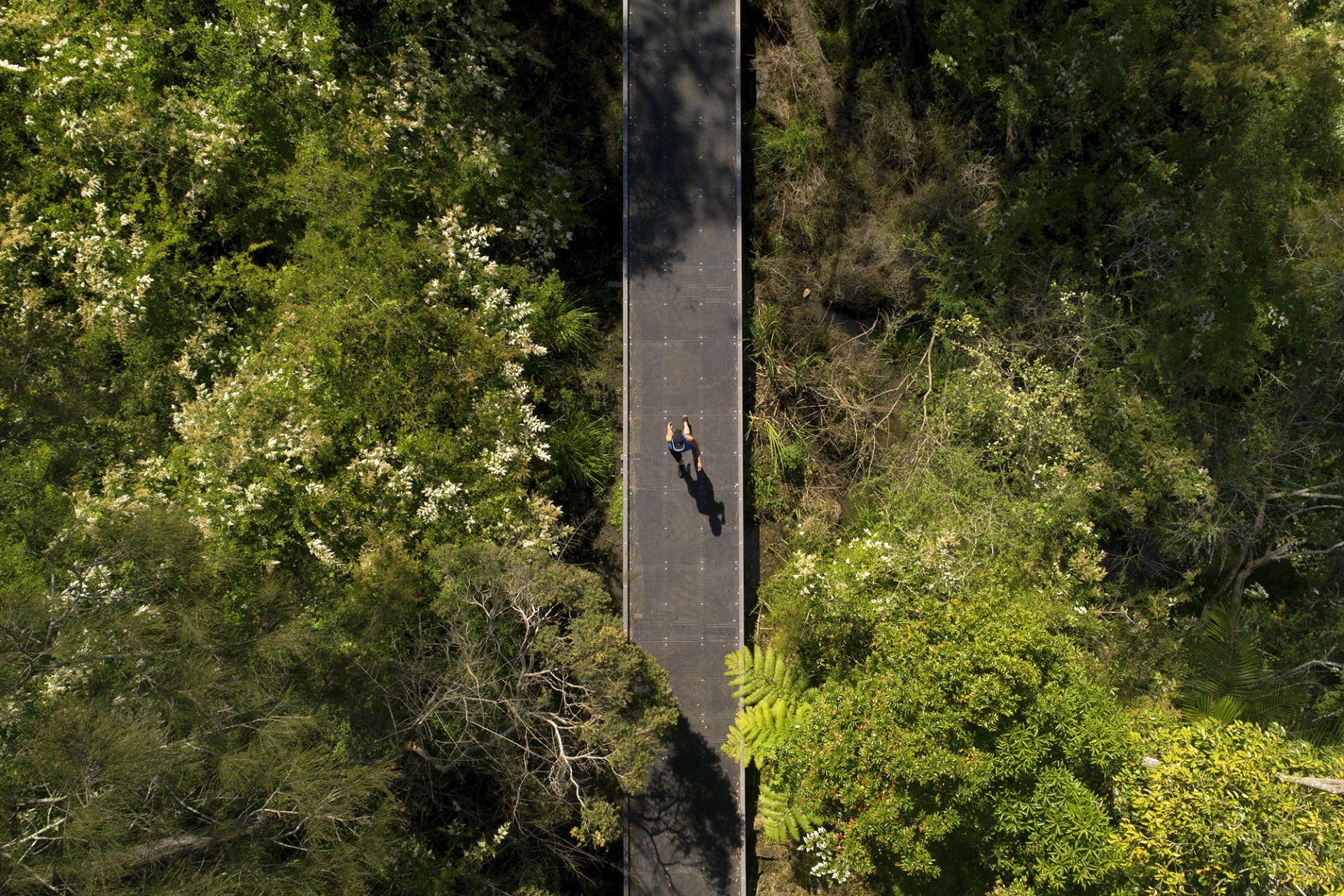
Explore
Certifications
Environmental Management : ISO14001
Quality Management : ISO 9001
OHS Management : ISO 45001
All Rights Reserved | Fleetwood Urban | Privacy Policy


